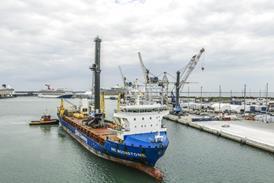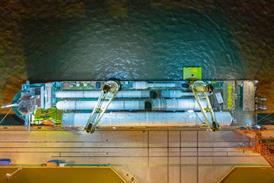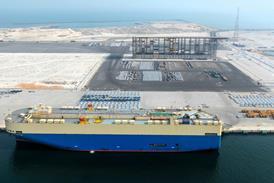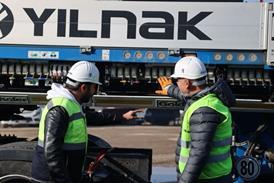November 12 - More than 13 years after its discovery the Kashagan super-giant oilfield, located in the northern part of the Caspian Sea close to Atyrau, Kazakhstan, started production last month, pumping approximately 40,000 barrels of oil per day (bpd).
When discovered in July 2000, it was hailed as the 'largest field discovery of the last 30 years'. The development, however, has since been dubbed the 'world's most expensive oil project' having been troubled by lengthy delays and a constantly changing make-up of exploration partners.
A joint company - the North Caspian Operating Company (NCOC) - is the current operator of the field, comprised of Shell (16.81 percent), Exxon Mobil (16.81 percent), Total (16.81 percent), China National Petroleum Corp (8.33 percent), Kazakh state-run oil company KazMunaiGas (16.81 percent), INPEX (7.56 percent) and AgipKCO (Eni) (16.81 percent).
According to the Centre for Global Energy Studies, approximately USD41 billion has been spent to bring the field to an initial production stage. Phase one production is expected to average 75,000 bpd in Q4 2013, well below the initial forecast of 180,000 bpd.
A second phase of development will take oil output to more than 1 million bpd, although final plans and timings have yet to be agreed. Phase II is unlikely to start before 2020. The cost of both phase I and phase II of the project is estimated to be in the region of USD187 billion - far beyond the USD57 billion predicted in 2000 - according to NCOC budgets.
Despite the delays, the Kashagan oil field will certainly continue to attract interest from the heavy lift and project cargo community. Cargoes for the development, completion and ongoing production at the field will need to manufactured, transported and installed at the Kashagan site. Those involved in the heavy lift and project cargo community that are reliant on the project will be happy that such a potentially lucrative project is starting to bear fruit.
The upcoming November/December 2013 edition of Heavy Lift & Project Forwarding International magazine features a dedicated Caspian supplement, focusing on the current developments and future opportunities in the region. Subscribers to HLPFI will receive their copy of the magazine during early December.

















